Empty chairs: Andy Warhol’s interest in mass media resurges with new meaning

Venus Over Manhattan has opened an Andy Warhol show, just in time for Frieze. The exhibition of 18 paintings comes from a series from the 1960s entitled ‘Death and Disaster’.
Warhol had a well-known obsession with the media. He collected all kinds of newspapers, magazines and supermarket tabloids. As an artist, the power of ‘mass-circulated media images’ was priceless and therefore he carefully appropriated this into much of his work over the span of his career.
This particular series, produced between 1964 and 1965, was Warhol’s way of exploring ‘growing mass media’s exploitation of tragic imagery in post-war America’. And this, of course, is most relevant today in the way news and current events are covered. The images – some extreme and frightening – are still today infiltrating mass media, taking the form of riots, terrorist attacks, suicides, criminals, car, train and plane accidents and more.
With his 'Little Electric Chairs' Warhol references a news wire service from 13 January 1953 announcing the historic death sentences of Julius and Ethel Rosenberg at Sing Sing Correctional Facility in upstate New York.
In his essay on the series, American poet Gerard Malanga credited Warhol with saying that ‘[a]dding pretty colors to a picture as gruesome as this would change people’s perceptions of acceptance’. And so, some regard this series as among Warhol’s most important contributions to pop art. As the gallery says, ‘it reveals the banality that can attenuate even a topic as tragic as capital punishment’.
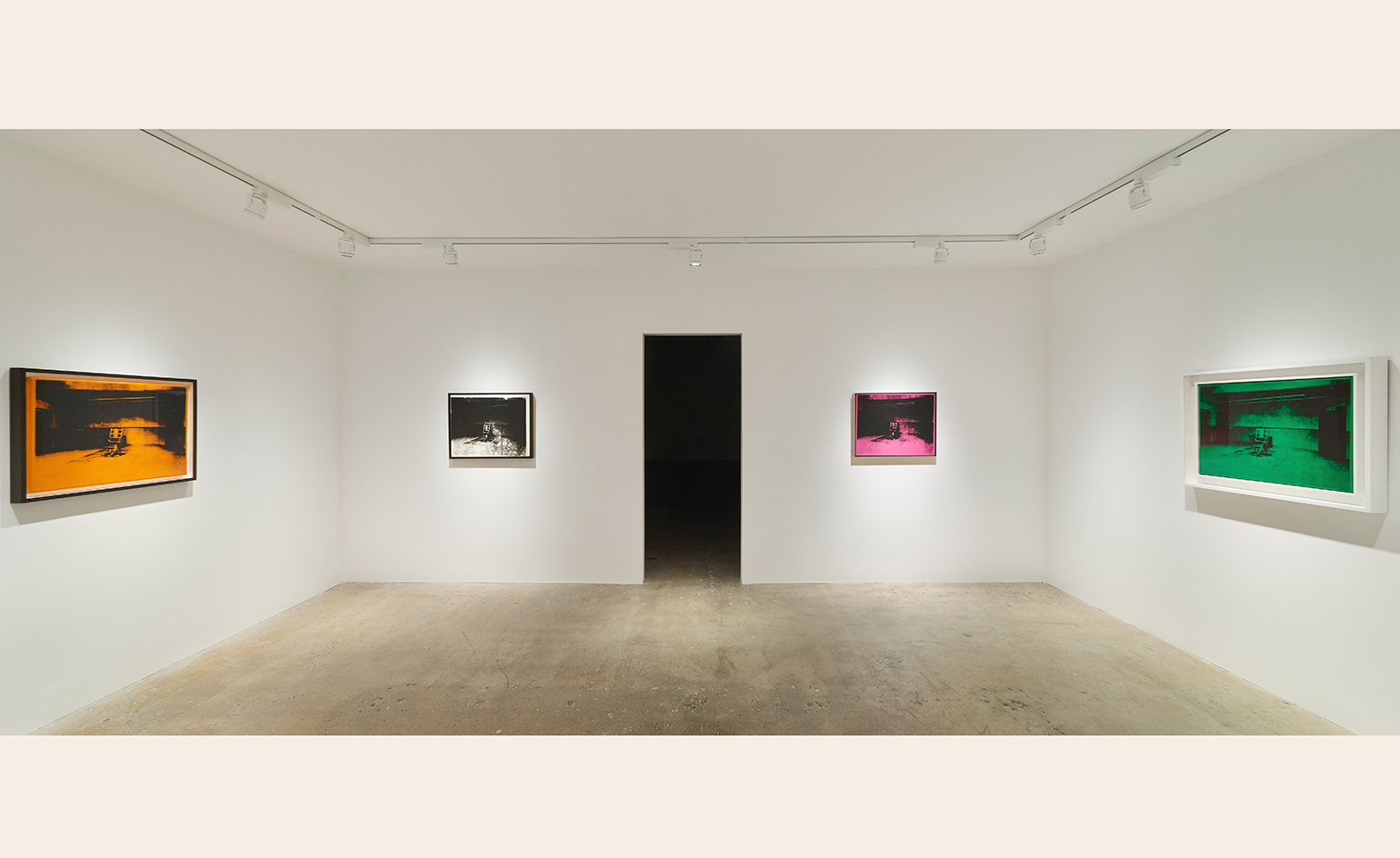
Well-known for his obsession with the media, Warhol produced the series between 1964 and 1965 to explore ‘growing mass media’s exploitation of tragic imagery in post-war America’
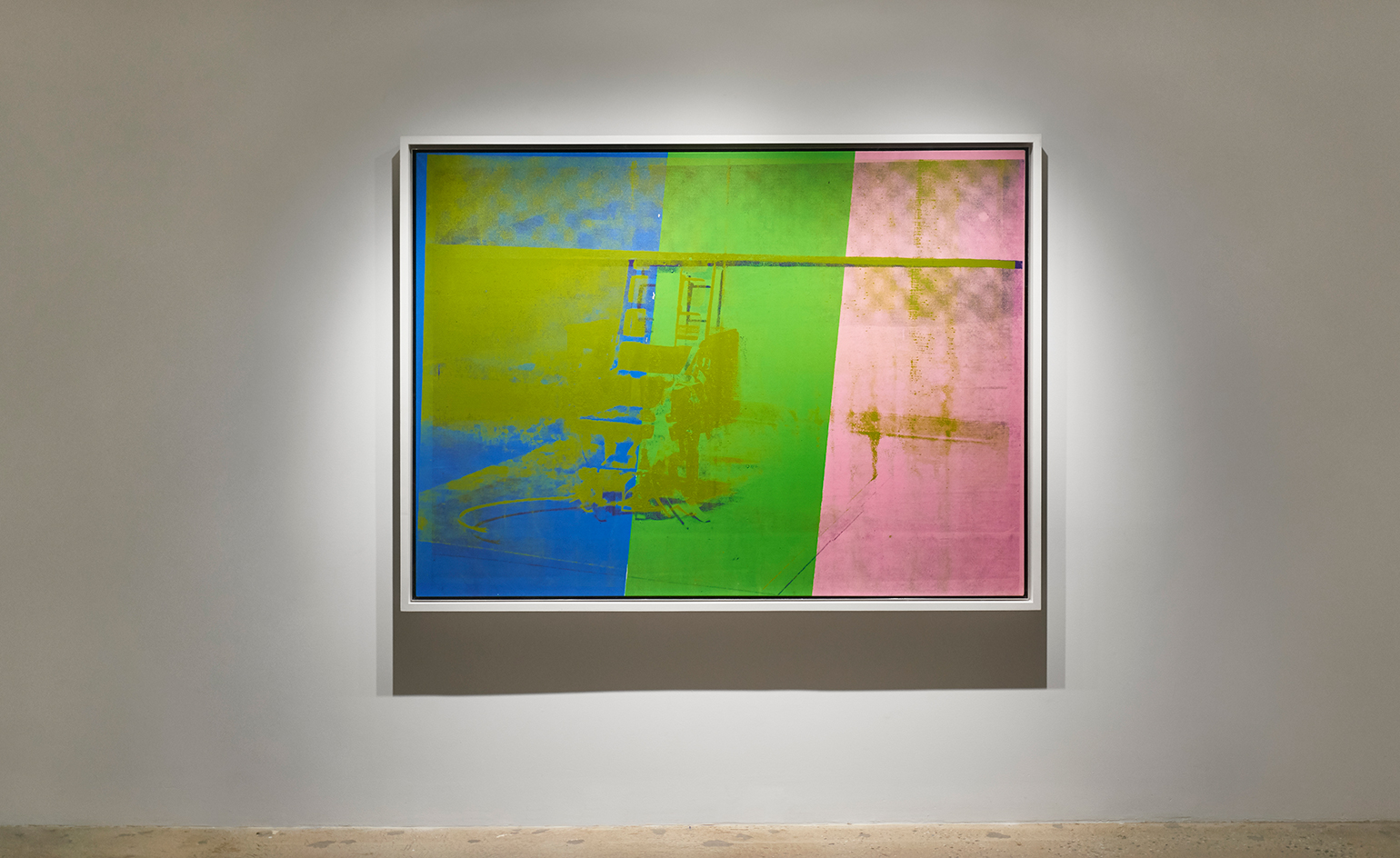
With ‘Little Electric Chairs’, Warhol references a news wire service from 13 January 1953, announcing the historic death sentences of Julius and Ethel Rosenberg at Sing Sing Correctional Facility in upstate New York. Pictured: Big Electric Chair, 1967–68
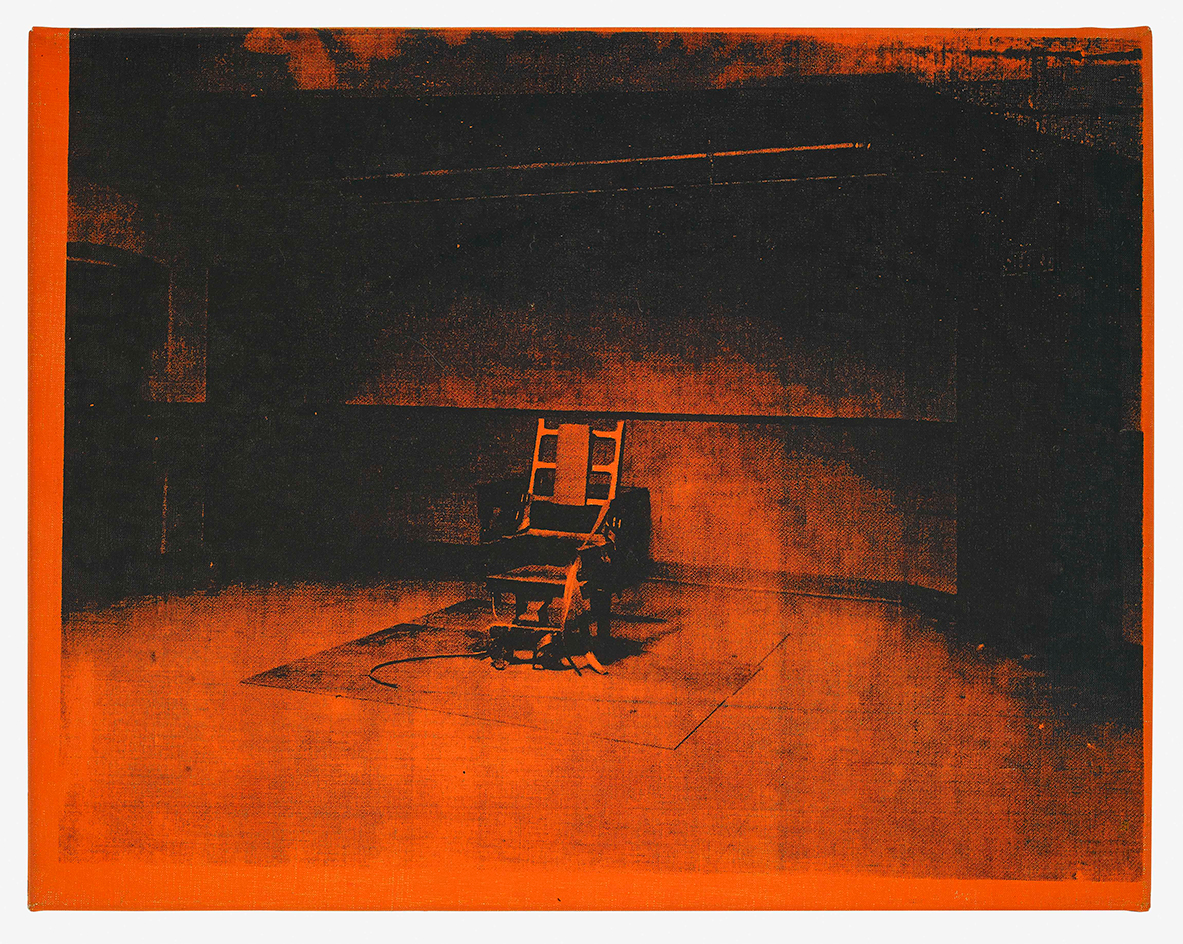
‘It reveals the banality that can attenuate even a topic as tragic as capital punishment,’ the gallery explains. Pictured: Little Electric Chair, 1964
INFORMATION
’Little Electric Chairs’ is on view until 18 June. For more details, visit Venus Over Manhattan’s website
Photography courtesy VENUS New York and Andy Romer, © 2016 The Andy Warhol Foundation for the Visual Arts, Inc. / Artists Rights Society (ARS), New York
ADDRESS
Venus Over Manhattan
980 Madison Avenue
New York, NY 10075
Receive our daily digest of inspiration, escapism and design stories from around the world direct to your inbox.
Daniel Scheffler is a storyteller for The New York Times and others. He has a travel podcast with iHeart Media called Everywhere and a Substack newsletter, Withoutmaps, where he shares all his wild ways. He lives in New York with his husband and their pup.
-
 Year in review: the shape of mobility to come in our list of the top 10 concept cars of 2025
Year in review: the shape of mobility to come in our list of the top 10 concept cars of 2025Concept cars remain hugely popular ways to stoke interest in innovation and future forms. Here are our ten best conceptual visions from 2025
-
 These Guadalajara architects mix modernism with traditional local materials and craft
These Guadalajara architects mix modernism with traditional local materials and craftGuadalajara architects Laura Barba and Luis Aurelio of Barbapiña Arquitectos design drawing on the past to imagine the future
-
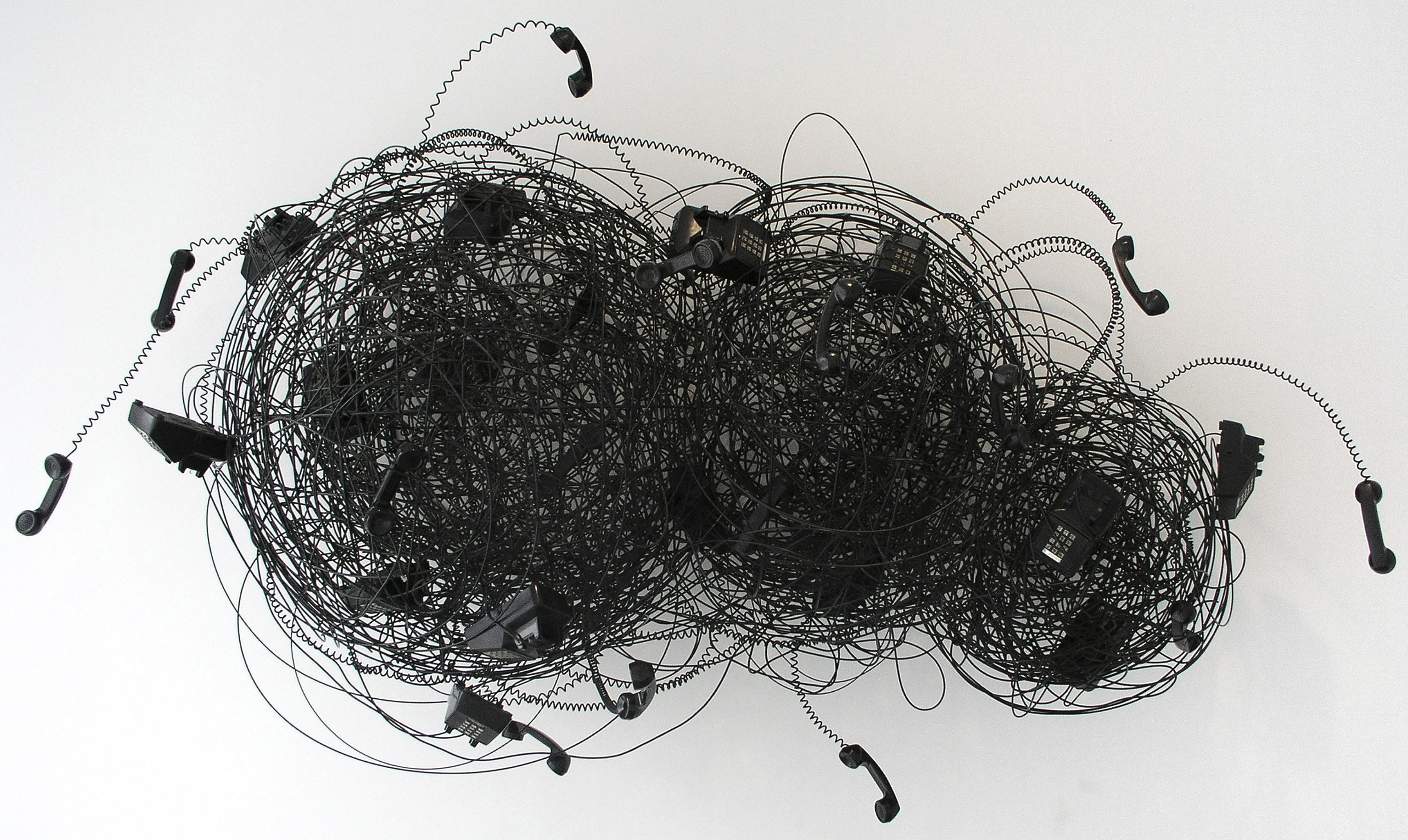 Robert Therrien's largest-ever museum show in Los Angeles is enduringly appealing
Robert Therrien's largest-ever museum show in Los Angeles is enduringly appealing'This is a Story' at The Broad unites 120 of Robert Therrien's sculptures, paintings and works on paper
-
 Out of office: The Wallpaper* editors’ picks of the week
Out of office: The Wallpaper* editors’ picks of the week'Tis the season for eating and drinking, and the Wallpaper* team embraced it wholeheartedly this week. Elsewhere: the best spot in Milan for clothing repairs and outdoor swimming in December
-
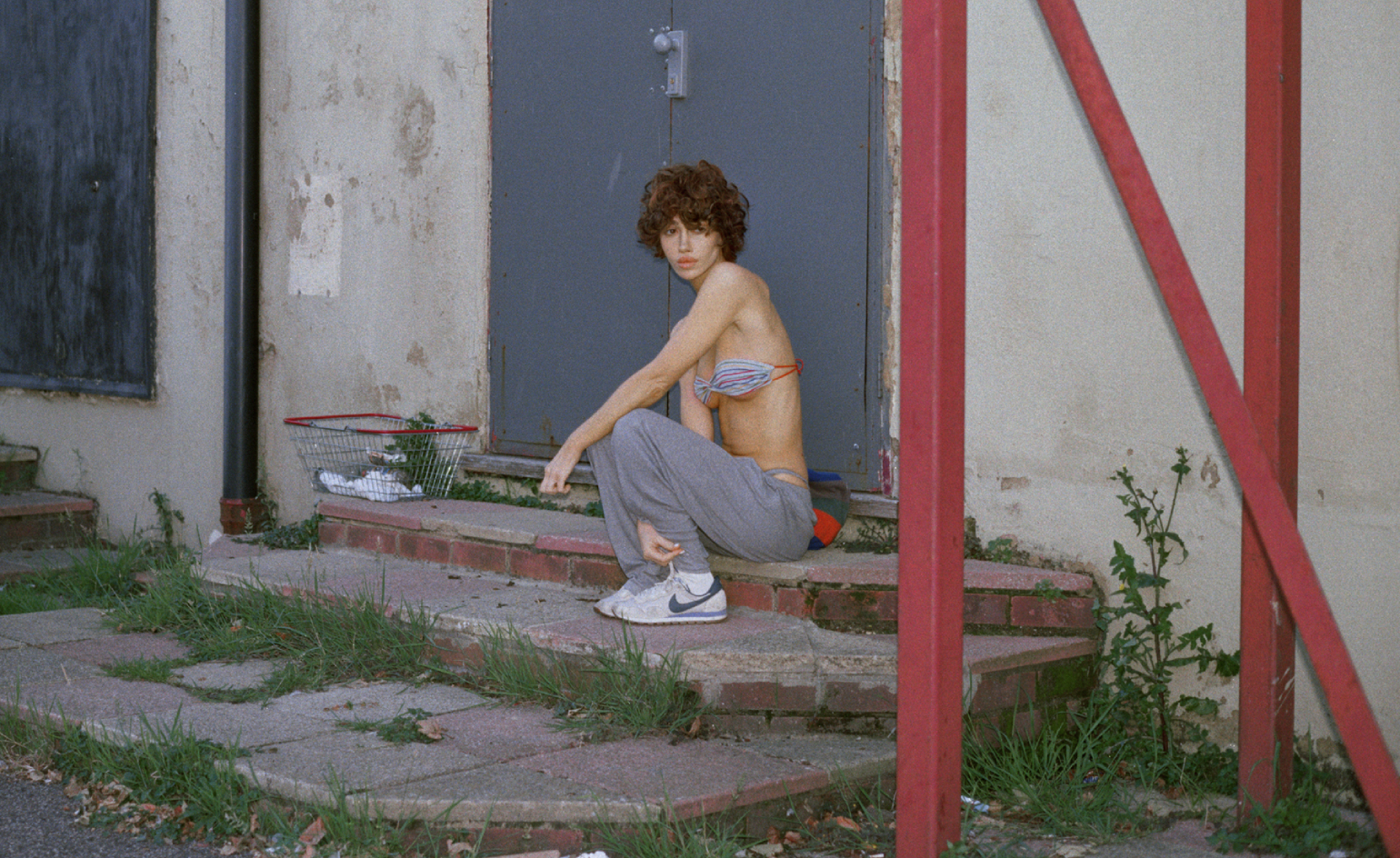 Nadia Lee Cohen distils a distant American memory into an unflinching new photo book
Nadia Lee Cohen distils a distant American memory into an unflinching new photo book‘Holy Ohio’ documents the British photographer and filmmaker’s personal journey as she reconnects with distant family and her earliest American memories
-
 Out of office: The Wallpaper* editors’ picks of the week
Out of office: The Wallpaper* editors’ picks of the weekIt’s been a week of escapism: daydreams of Ghana sparked by lively local projects, glimpses of Tokyo on nostalgic film rolls, and a charming foray into the heart of Christmas as the festive season kicks off in earnest
-
 Ed Ruscha’s foray into chocolate is sweet, smart and very American
Ed Ruscha’s foray into chocolate is sweet, smart and very AmericanArt and chocolate combine deliciously in ‘Made in California’, a project from the artist with andSons Chocolatiers
-
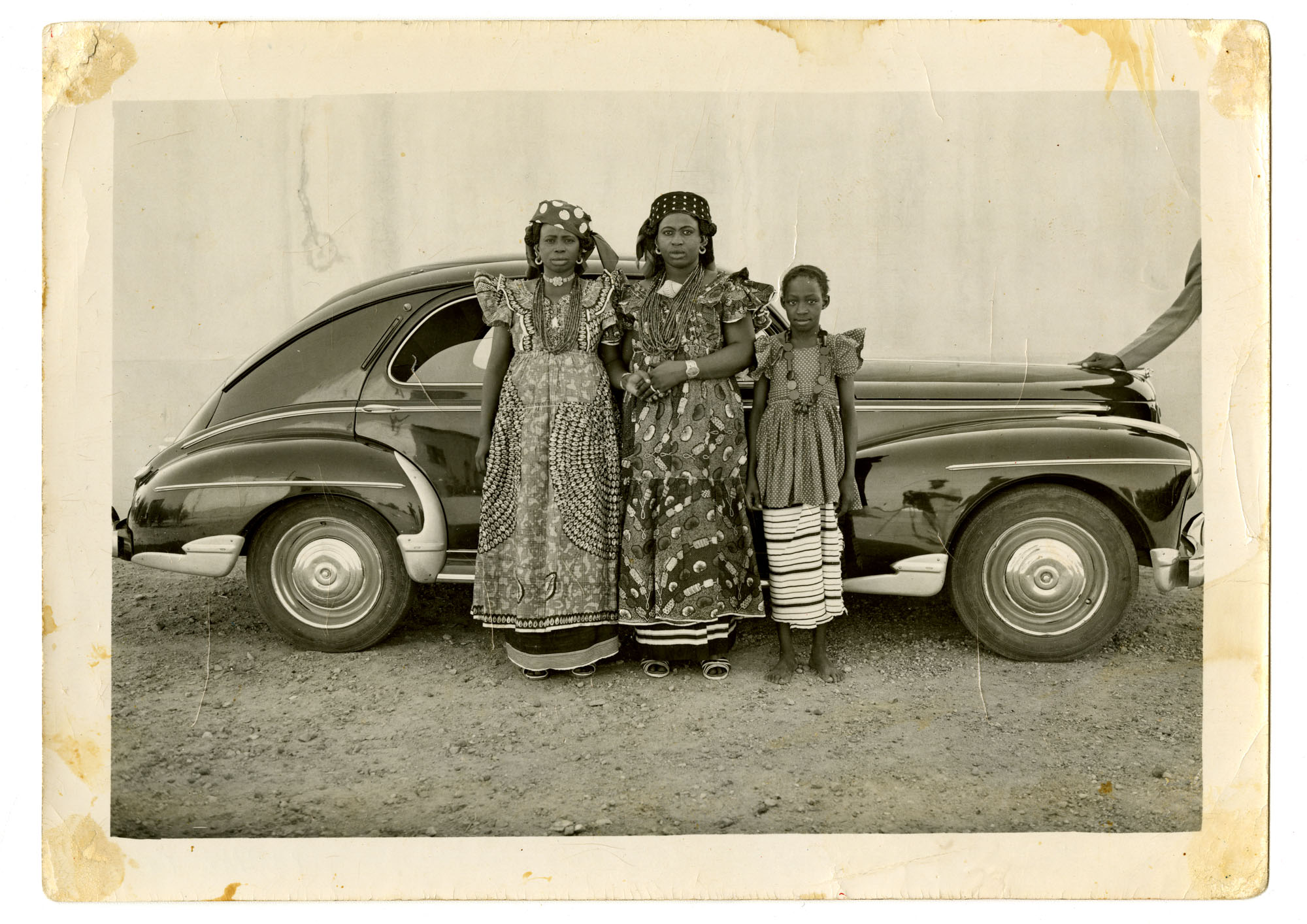 Inside the work of photographer Seydou Keïta, who captured portraits across West Africa
Inside the work of photographer Seydou Keïta, who captured portraits across West Africa‘Seydou Keïta: A Tactile Lens’, an exhibition at the Brooklyn Museum, New York, celebrates the 20th-century photographer
-
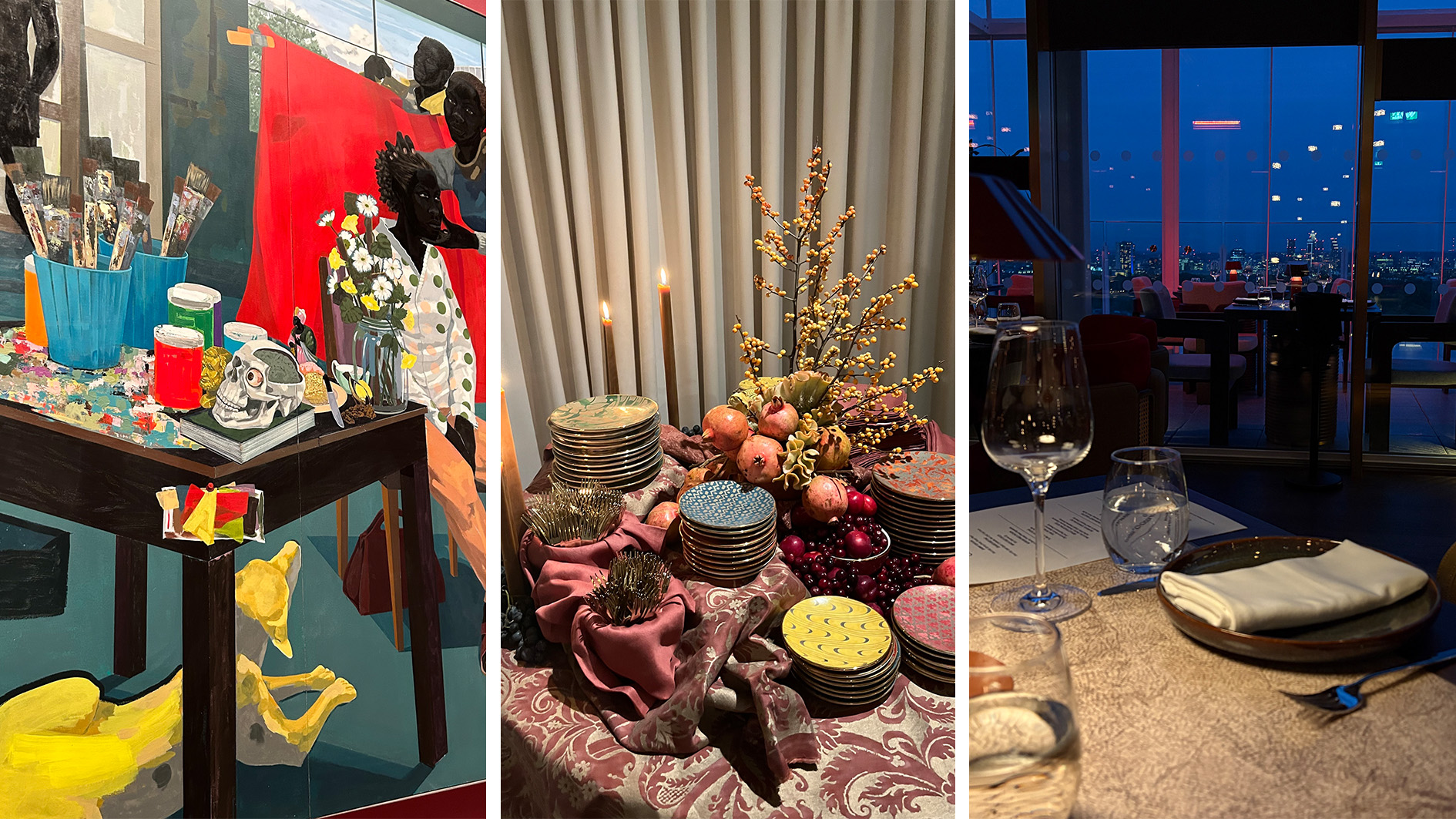 Out of office: The Wallpaper* editors’ picks of the week
Out of office: The Wallpaper* editors’ picks of the weekFrom sumo wrestling to Singaporean fare, medieval manuscripts to magnetic exhibitions, the Wallpaper* team have traversed the length and breadth of culture in the capital this week
-
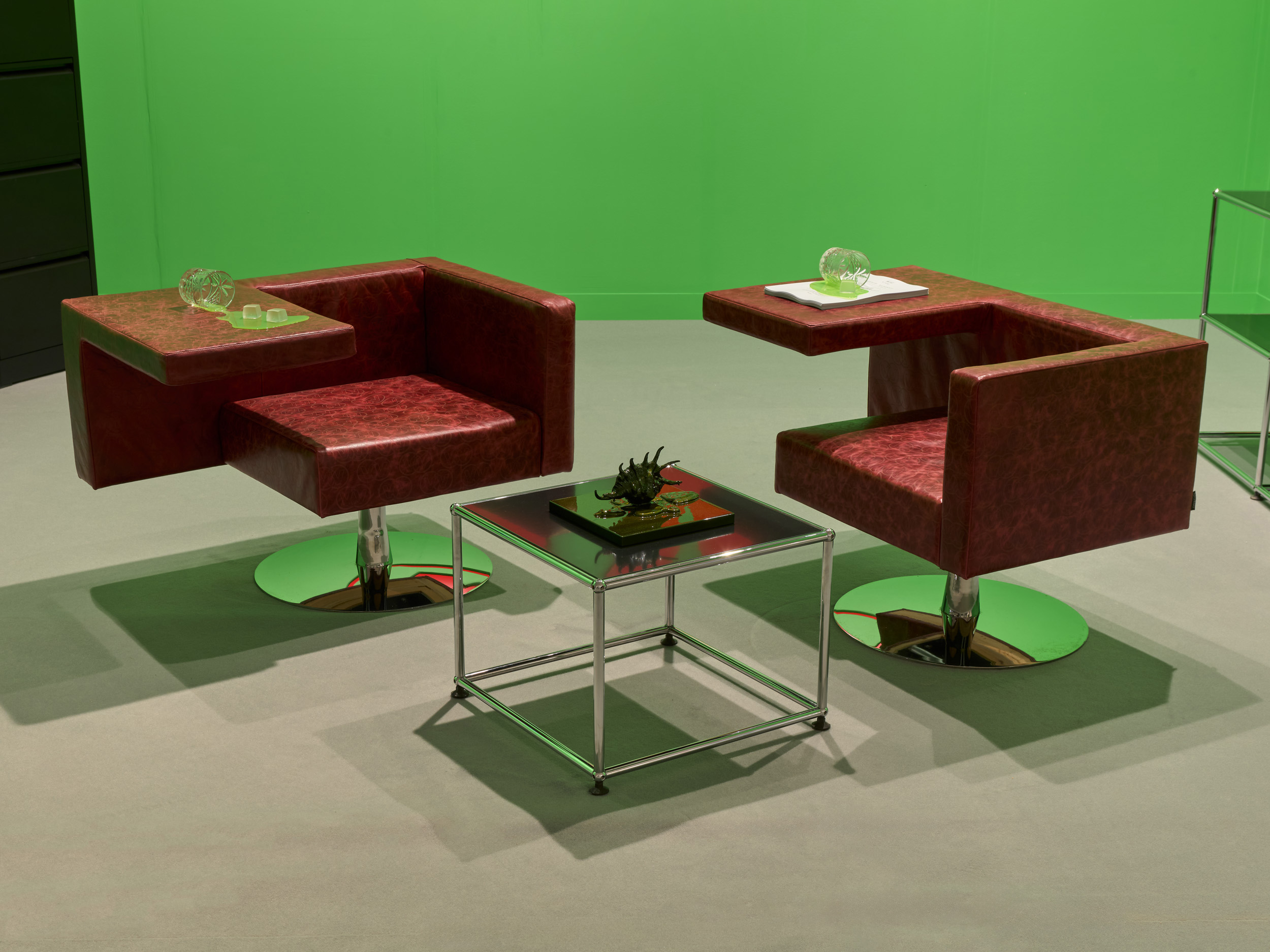 Who are the nine standout artists that shaped Frieze London 2025?
Who are the nine standout artists that shaped Frieze London 2025?Amid the hectic Frieze London schedule, many artists were showcasing extraordinary work this year. Here are our favourites
-
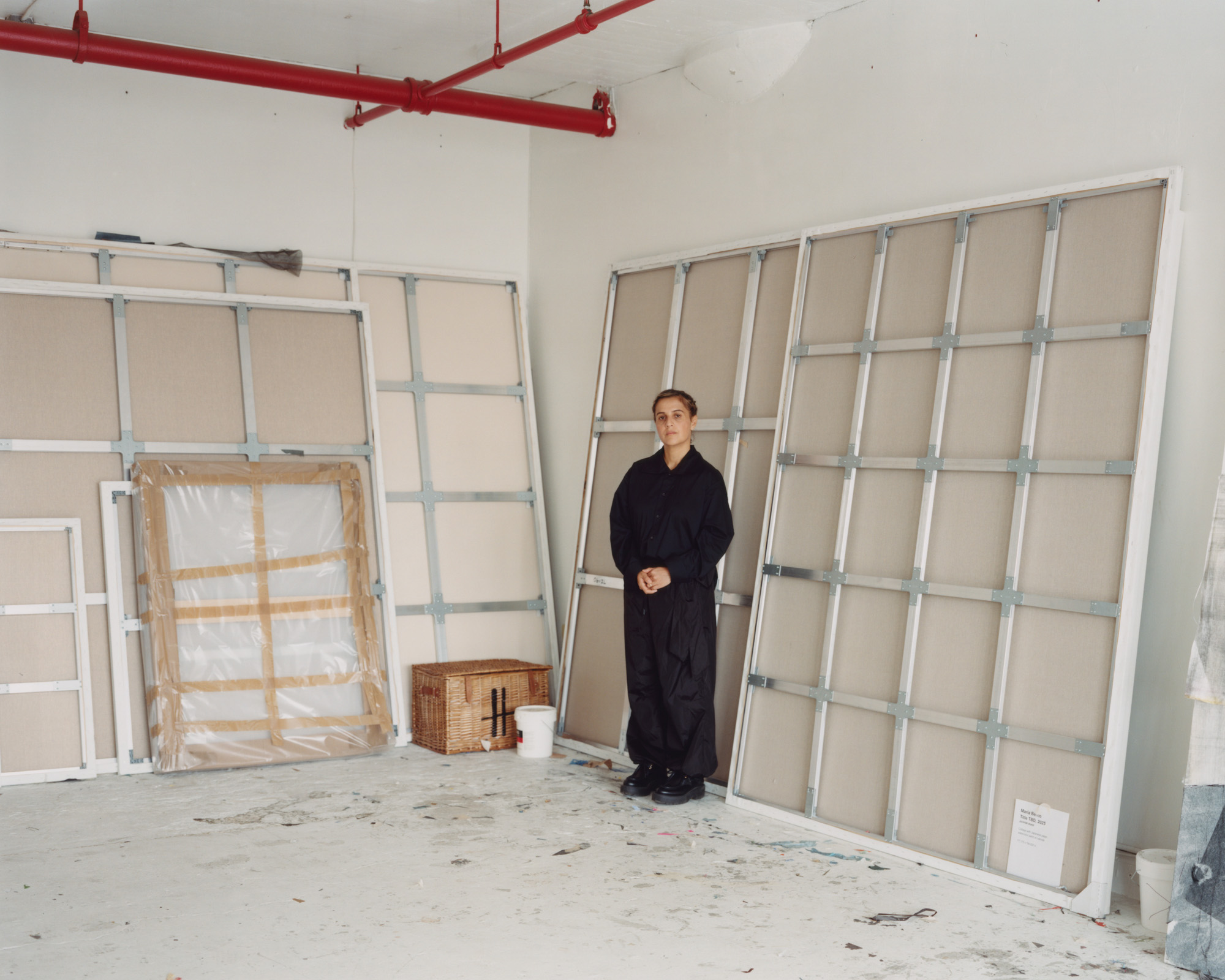 María Berrío creates fantastical worlds from Japanese-paper collages in New York
María Berrío creates fantastical worlds from Japanese-paper collages in New YorkNew York-based Colombian artist María Berrío explores a love of folklore and myth in delicate and colourful works on paper